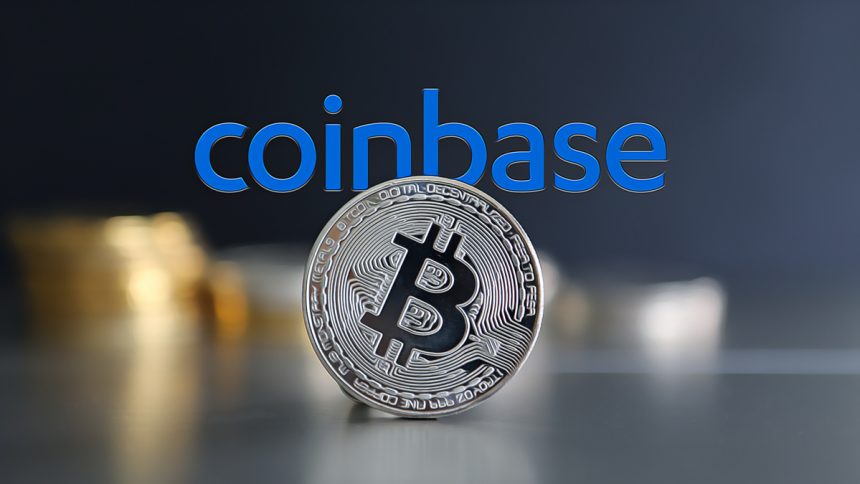Historically, at the beginning of economic transformations, infrastructure studies, which are generally seen as niches, are generally seen. In the establishment of the first cities, irrigation systems, railways in the industrial revolution and protocols such as TCP/IP played a role on the basis of digitalization. Today, this role in the financial world is claimed to be a candidate for stablecoins.
The rise and regulation steps of Stablecoins
Recently, there have been significant developments for stablecoins. Stablecoins, which lacked net arrangements in the past and approached distant by a part of the financial sector, won a legal framework with GENIUS ACT, which was soon accepted by the US Congress. This law defined stablecoins as a means of payment and created a turning point in the sector. Large financial institutions and card companies entered the stablecoin field.
Circle manager, “Wall Street, our first output, the harbinger of a transformation in the financial infrastructure,” he said.
Financial technology companies such as Strepe and Shopify are also faster, low -cost and continuous processing with Stablecoins. These developments indicate that stablecoins are on their way to a layer of infrastructure.
Economic and Technological Effects
The integration of stablecoins into financial infrastructure is considered as an important platform change in payment systems. Information process is expected to modernize the financial system with stablecoins, such as transition from host to personal computers, desktop to mobile devices and cloud infrastructure.
The slow and central nature of existing payment infrastructures prevents the economy from being more inclusive and faster. Stablecoins aim to eliminate the concepts of banking holidays, intermediary institutions or working days by overcoming these limits. In this way, instant and cheap transactions on a global scale become possible. It is stated that this change may be as well as the transition from traditional mail services to e-mail use.
The new era combined with artificial intelligence
Stablecoins will form the basis of not only interpersonal payments, but also artificial intelligence -based trade. AI agents will use a new money infrastructure with Blockchain -based, programmable and fast -running money infrastructure without being limited to central systems. As a result, the activity of stablecoins will come to the fore in automatic Treasury management, smart trade and machine-macine transactions.
A sector representative, “the speed of movement of money is directly proportional to economic growth. Stablecoins can seriously increase annual growth in the global economy,” he said.
Although the total value of the stabilcoin market is low compared to the US money supply, it is emphasized that its development potential is high.
It is stated that these developments can be quietly and gradually. Today, nobody expresses that it uses cloud computing, while in the future, stablecoins will process in the background and offer a standard financial infrastructure for users. It is suggested that the main winners of this process will be platforms and financial technology companies that provide infrastructure.
Experts think that the transition to Stablecoins is due to the need to renew the financial system itself, and that these tools will be the key to the new generation open and global financial system, not just a digital asset. Together with Stablecoins, it will become accessible for users without decentralization, programmable and cross -border financial transactions.
Responsibility Rejection: The information contained in this article does not contain investment advice. Investors should be aware that crypto currencies carry high volatility and thus risk and carry out their operations in line with their own research.








